A large-capacity container made of plastic is called a water tank. A water storage tank’s primary function is to hold water before it is utilized for drinking, washing, cleaning, or other purposes. There are many different kinds of water tanks manufactured to satisfy the requirements of particular applications, including specialized ones created to adhere to uncommon specifications and norms. The phrase “plastic water tank” refers to a broad category of plastic tanks used to hold water. Read More…
Roto Dynamics Inc., custom rotational molders serving rotomolding and plastic tank needs nationwide. We are dedicated to our customers manufacturing needs. Building customer relationships based on integrity and communication assists us in developing a competitive advantage within the industry.
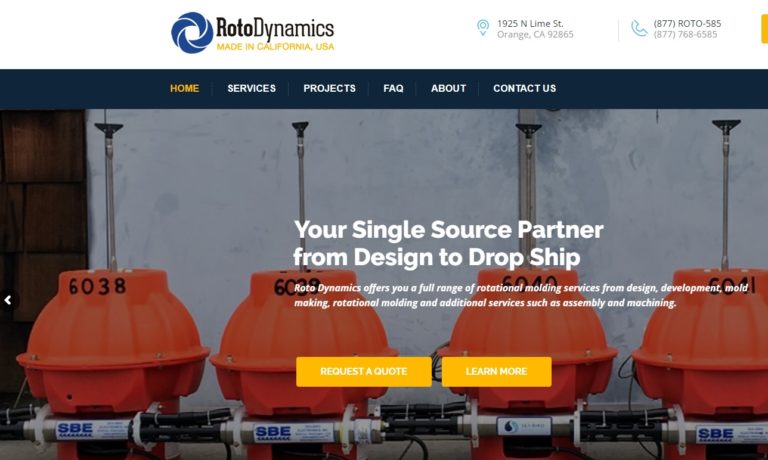
With over 100 years combined experience, All Plastics and Fiberglass has the experience to handle all your plastic and fiberglass needs.
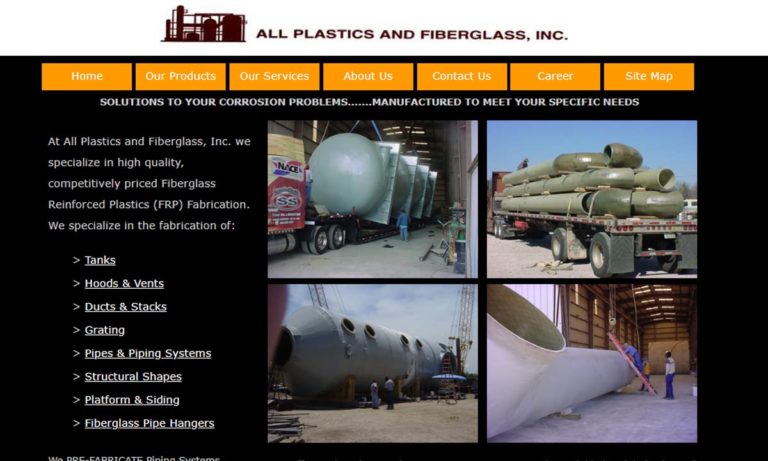
Specializing in fabricated plastic tanks such as water tanks, polypropylene tanks, polyethylene tanks and storage tanks, Park Plastic Products is capable of making your plastic tank in any size or dimension.
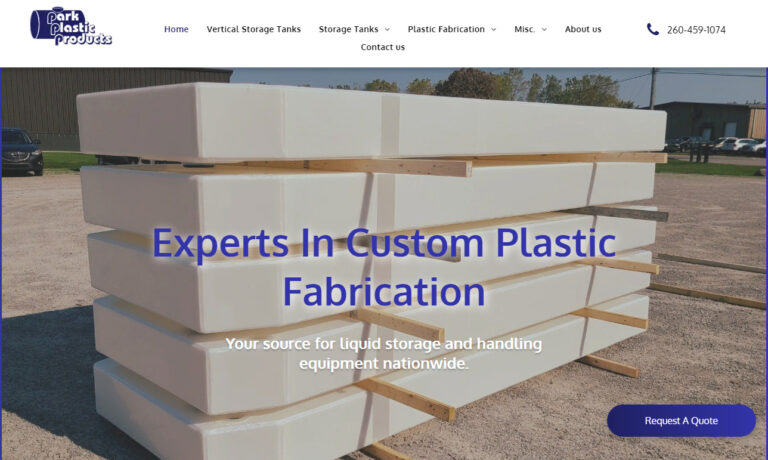
Sherman Roto Tank specializes in tanks that are manufactured to be suitable to store and process chemicals. Our tanks are a great choice for any industry. All our products go through extensive testing in order to surpass the industry standards. We offer sizes varying from 65 gallon to 800 gallon tanks. Along with tanks we manufacture customizable stands.
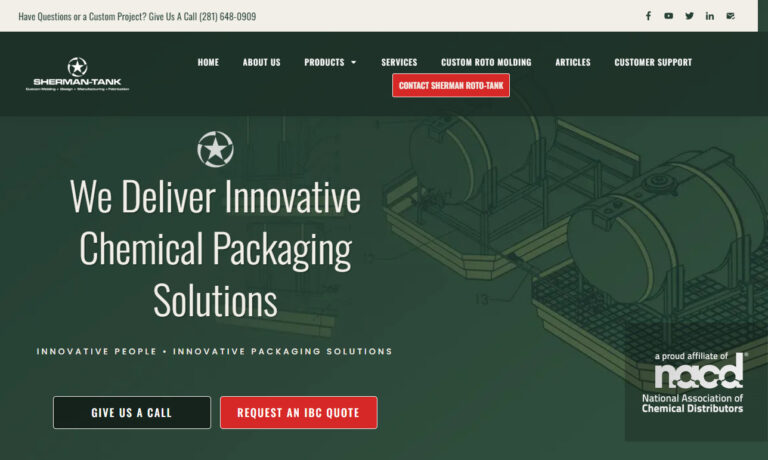
Plas-Tanks Industries fabricates fiberglass-reinforced plastic tanks, chemical tanks (for storage) and vacuum vessels for storage, processing and mixing of water, wastewater and corrosive materials. We specialize in repairs, shop design and fabrication plus shop-built and field-assembled vessels.

Rhino Tuff Tanks is a leading manufacturer of high density polyethylene plastic tanks. Our tanks are built to last and can easily replace 55 gallon drums and steel tanks while conserving space by stacking vertically. Rhino Tuff Tanks can be used to store fluids across a wide variety of industries, including automotive liquids, chemical fluids, farm and agricultural fluids, and industrial fluids....
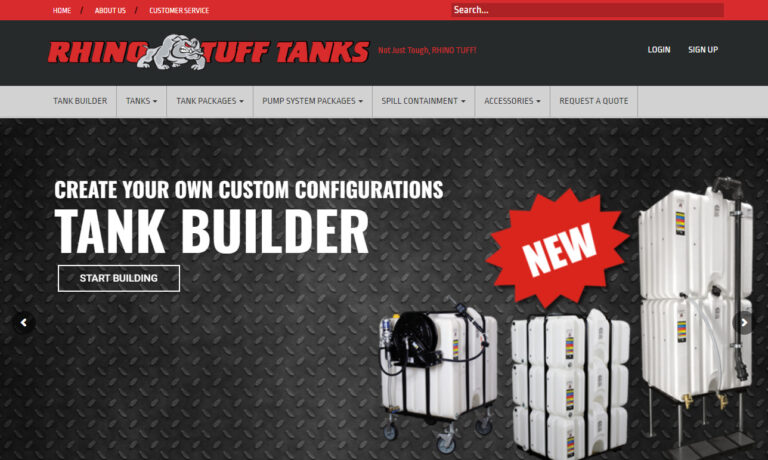
More Water Tank Manufacturers
Types of Water Tanks
Cylindrical Containers
The primary function of water tanks is to deliver liquid to locations where it is required. The tanks also need to be able to quickly and readily drain liquid from their units in order to be effective. Due to their associated improved stability, cylindrical water tanks are recognized to convey liquid better than others. These tanks don't have any weak spots; thus, they don't need to be strengthened or given more materials in order to be constructed.
Vertical Cylindrical Containers
In comparison to a horizontal design, a vertical tank is more stable, evenly distributes pressure, costs less to construct, is more energy-efficient, and requires less floor space. Due to the thickness of their walls, they can only be used above ground, though they can be installed in a concrete or brick-lined underground chamber.
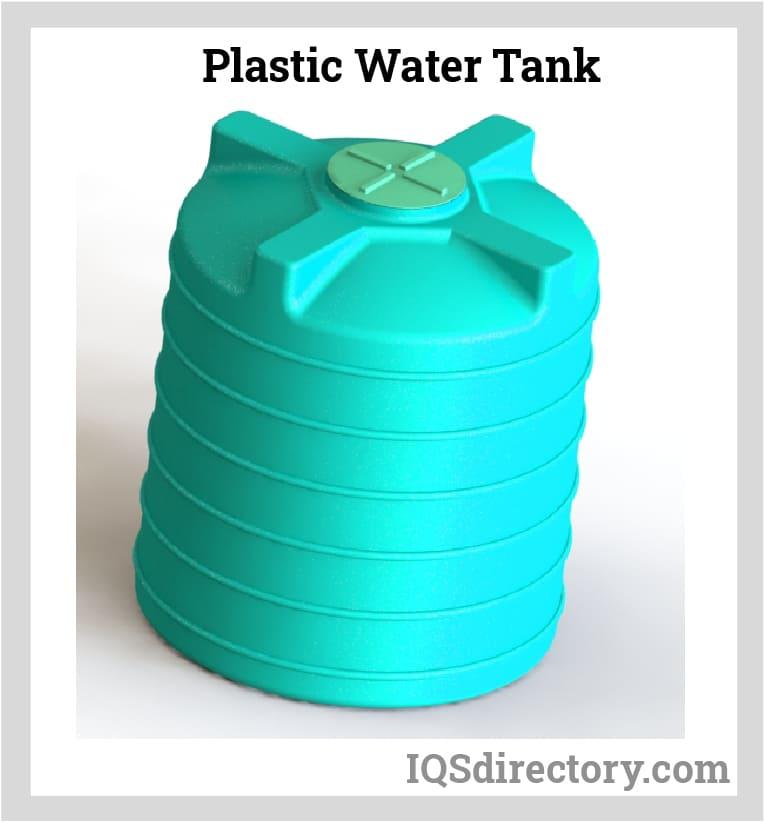
Horizontal Cylindrical Containers
Similar to vertical plastic water tanks, horizontal water tanks are an above-ground water storage container. They have legs built into their structure or detached ones that they may set on, unlike vertical tanks.
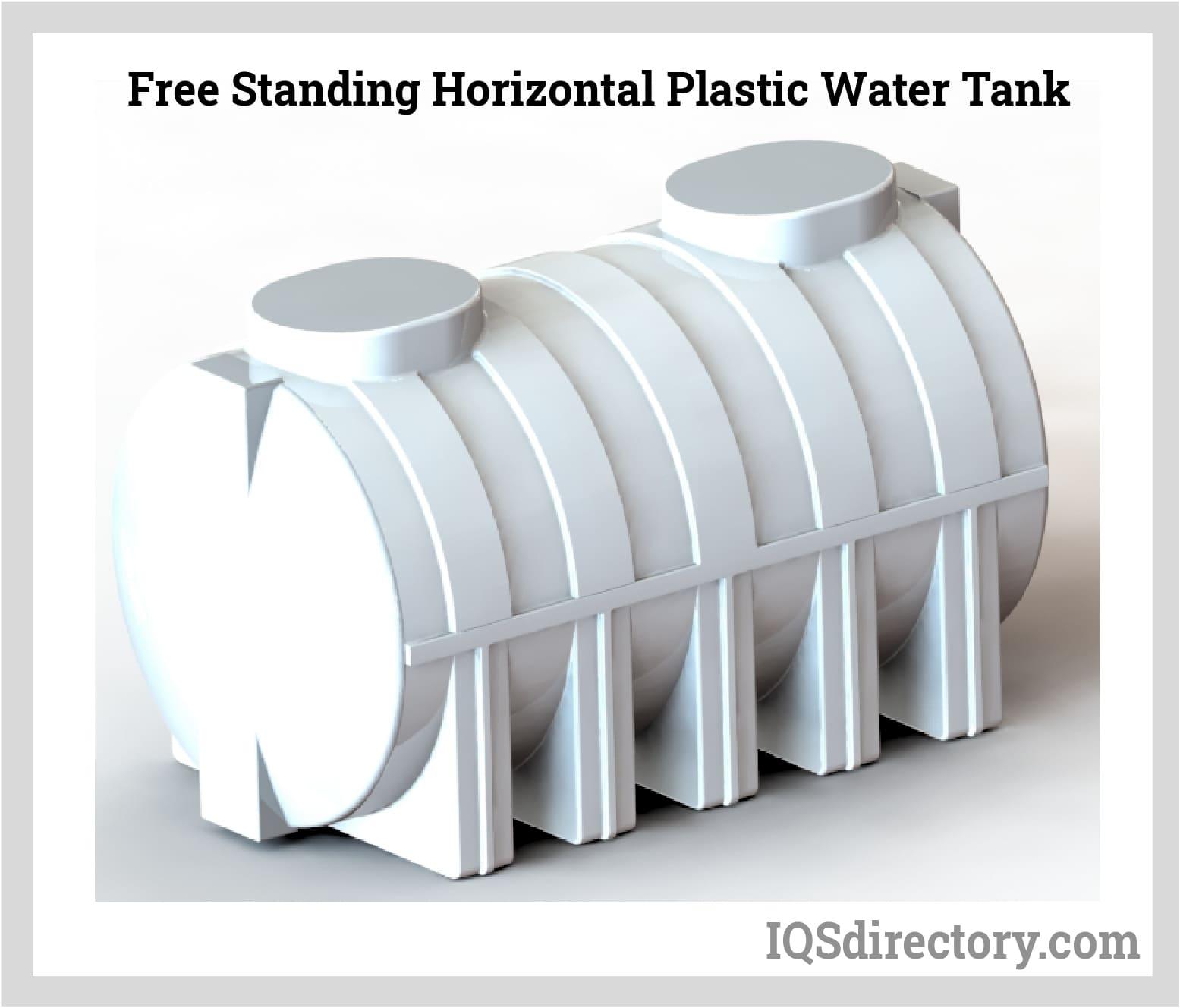
Rectangular and Square Containers
Rectangular water tanks use a structure that guarantees complete adherence to the ground, doesn't alter the liquid's internal fluctuation, and that guards against tank damage. It has a flat, footless bottom. It guarantees complete protection of the liquid inside even while it is moving because it will not roll. However, the corners and flat sides of rectangular water tanks cause them to develop weak pressure points. These tanks are predicted to fail more quickly than cylindrical-shaped ones when pressure is applied.
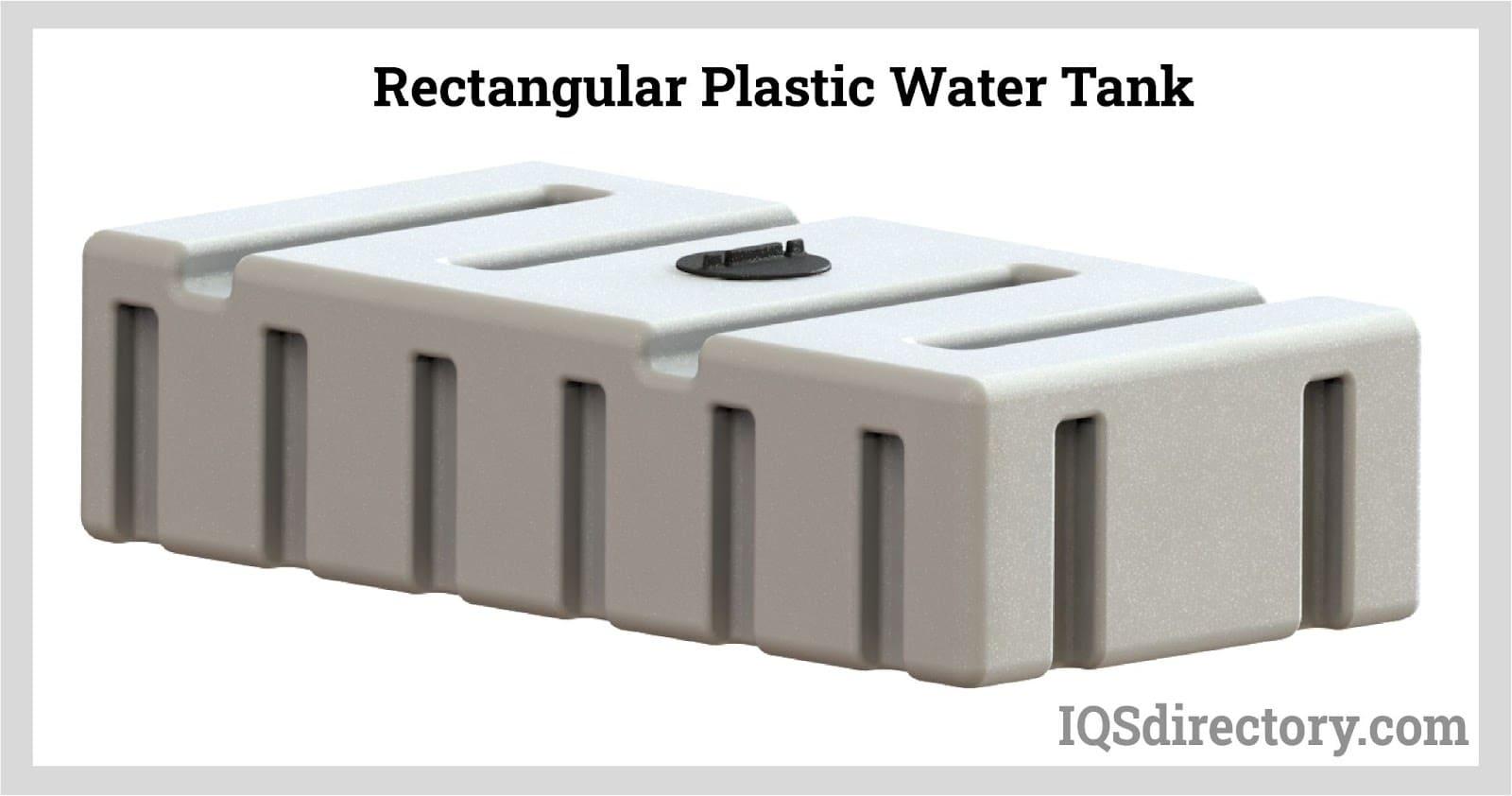
Elliptical Water Containers
Elliptical water tanks have a lower center of gravity, improving their stability and visibility while being transported. Elliptical plastic water tanks must have their bottom completely supported by a cradle due to their form. They contain gallon indications and clear walls for viewing water levels. They can carry fertilizers and related substances even though they are made for water transfer.
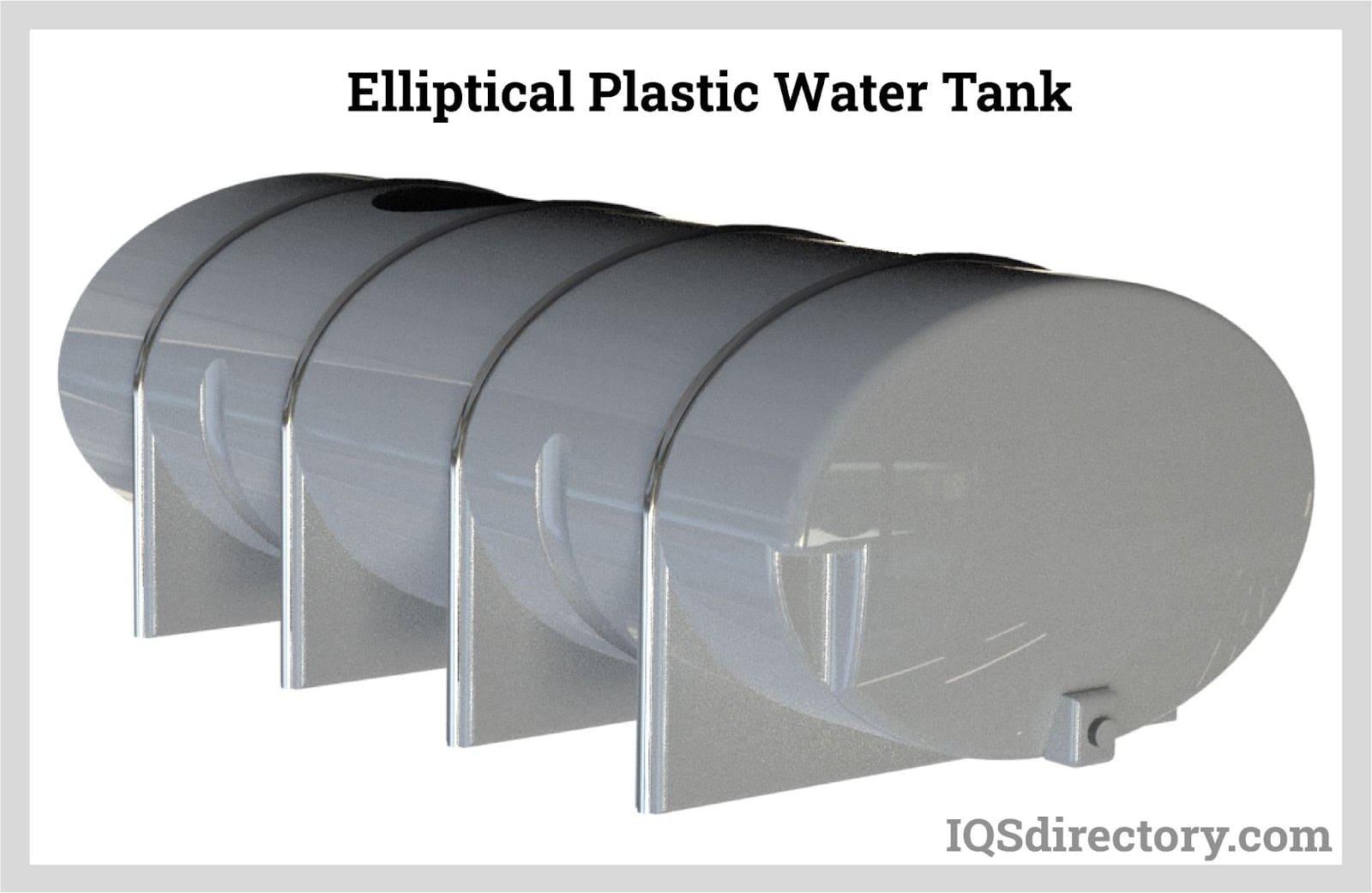
Underground Water Tanks
Most potable water and general residential water storage is done in underground water tanks. Some tank users have chosen not to keep their water tanks aboveground due to exposure to sunlight and other environmental factors, so methods of subsurface storage have been developed. Because these tanks are buried underground, they should have strong resistance and endurance. Underground water tanks can be rectangular, elliptical, or cylindrical.
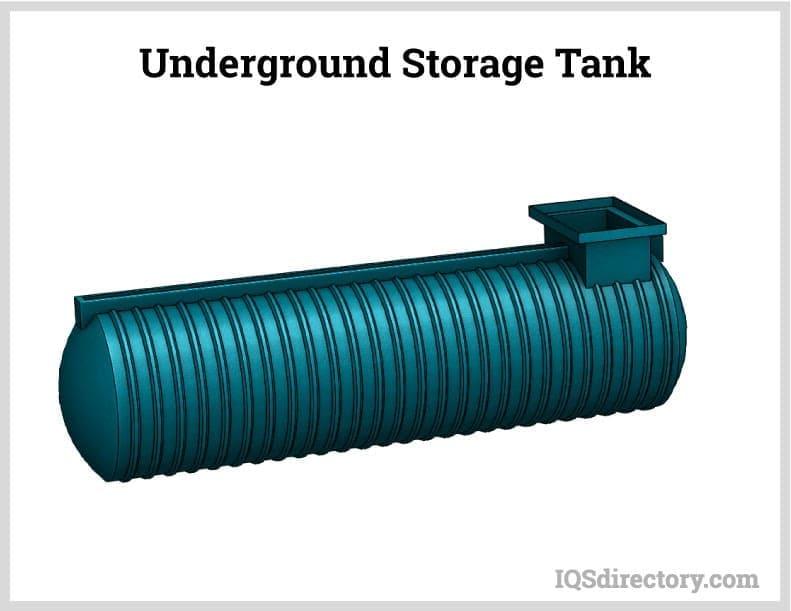
Benefits of Plastic Water Tanks
Lightweight Materials
Steel tanks require a crane to be moved onto a property because they are much heavier than plastic tanks. In contrast, plastic tanks are lighter and easier to move into place by hand, which is beneficial if the property has a hilly or uneven terrain.
Easier to Place
Before installing a steel tank, the surface must undergo extensive preparation. To prevent corrosion, the bottom may be protected by concrete and pricey steel rings. However, as long as there is nothing sharp underneath, plastic tanks can be placed anywhere flat. Some can even be located underground.
Rust Resistant
The main benefit of plastic tanks over steel tanks is that they don't rust and do not require replacement over time. They are built to resist extreme climates, which contributes to their durability. The tanks are shielded from sunlight-induced damage by UV inhibitors.
Dependable and Robust
With the aid of a mold, speed, and heat, the molding process fuses plastic, making the finished object more robust and less prone to breaking.
Better for Water Consumption
Plastic tanks are completely safe to store drinking water because they are made from polyethylene plastic that is food-grade safe and BPA free.
Used in Farming and Irrigation
In order to ensure that their crops grow well and produce a harvest at the end of the season, farmers greatly rely on the rainy seasons. In the event of a dry spell, the crops may either perish or become sickly. Farmers can save money by collecting rainwater runoff on the rooftops of their buildings. Water tanks can collect and store the water that would have otherwise been wasted for use in irrigating crops and other produce.
Choosing the Correct Water Tank Manufacturer
To ensure you have the most beneficial outcome when purchasing a water tank from a water tank manufacturer, it is important to compare several companies using our directory of water tank manufacturers. Each water tank manufacturer has a business profile page highlighting their areas of experience and capabilities, along with a contact form to directly communicate with the manufacturer for more information or request a quote. Review each water tank business website using our proprietary website previewer to quickly learn what each company specializes in. Then, use our simple RFQ form to contact multiple water tank companies with the same form.

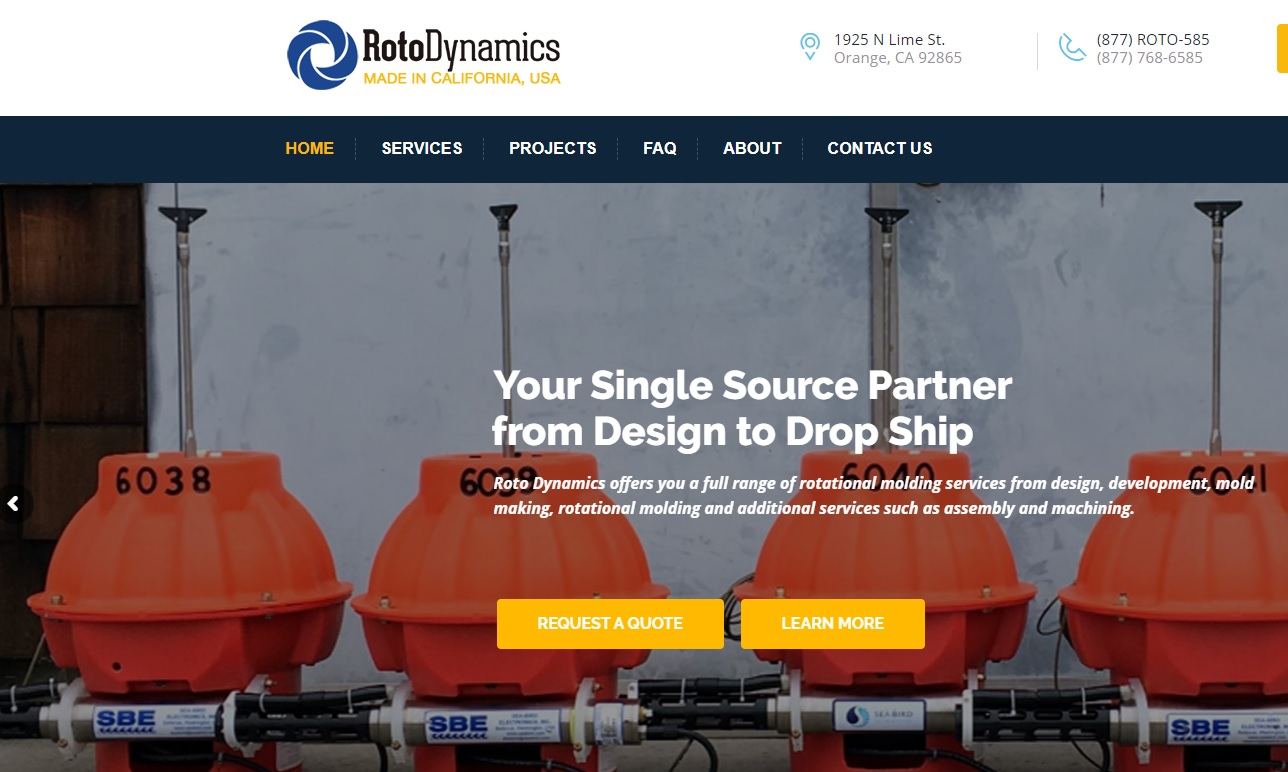
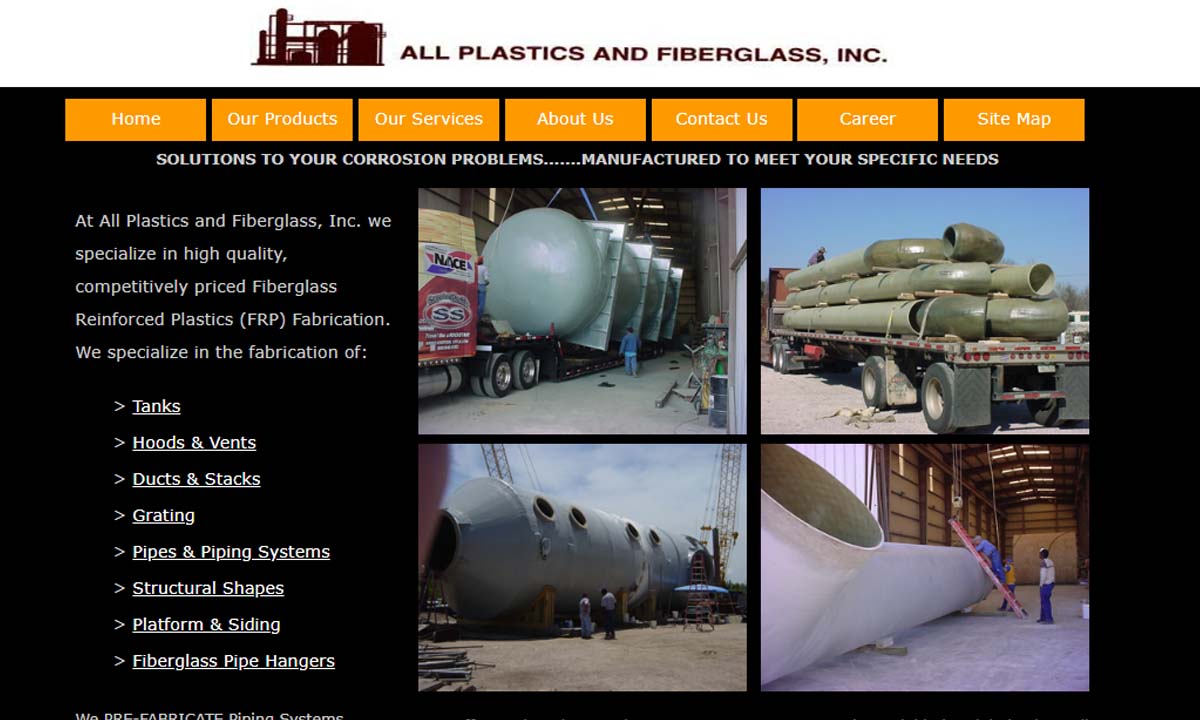
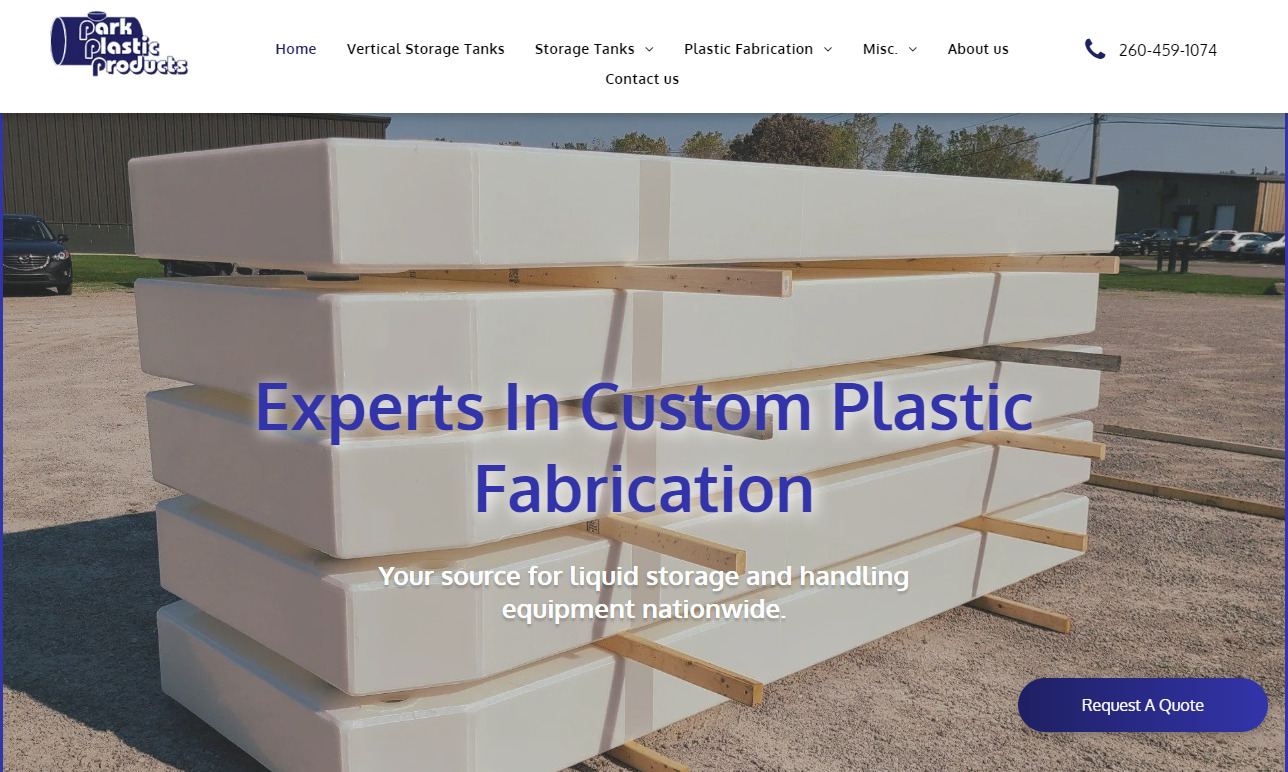
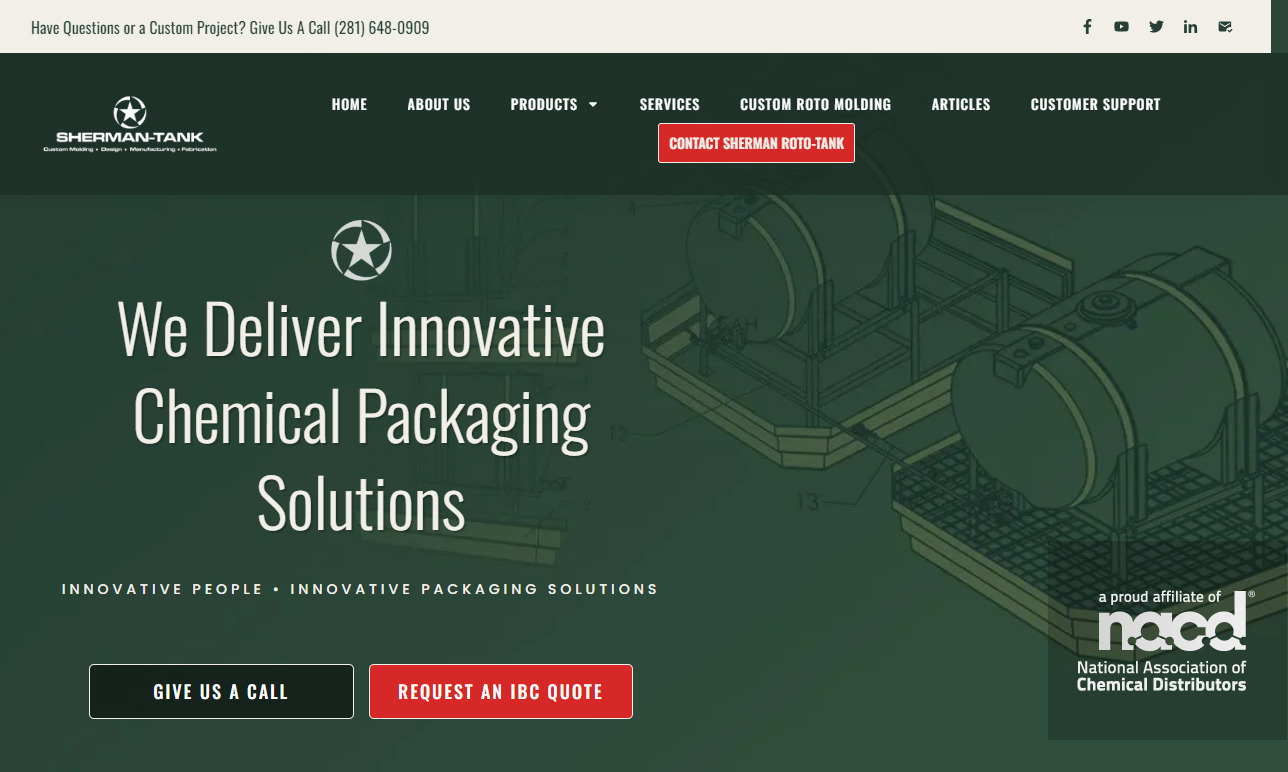

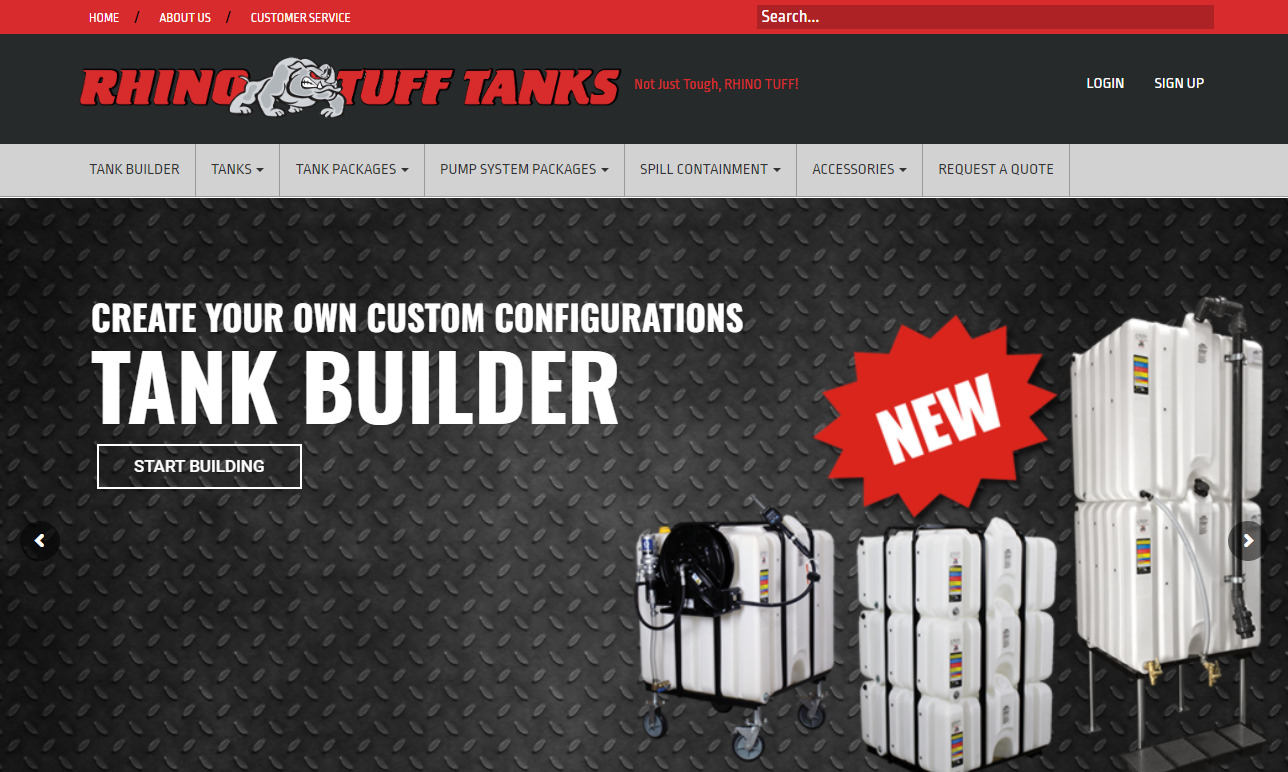
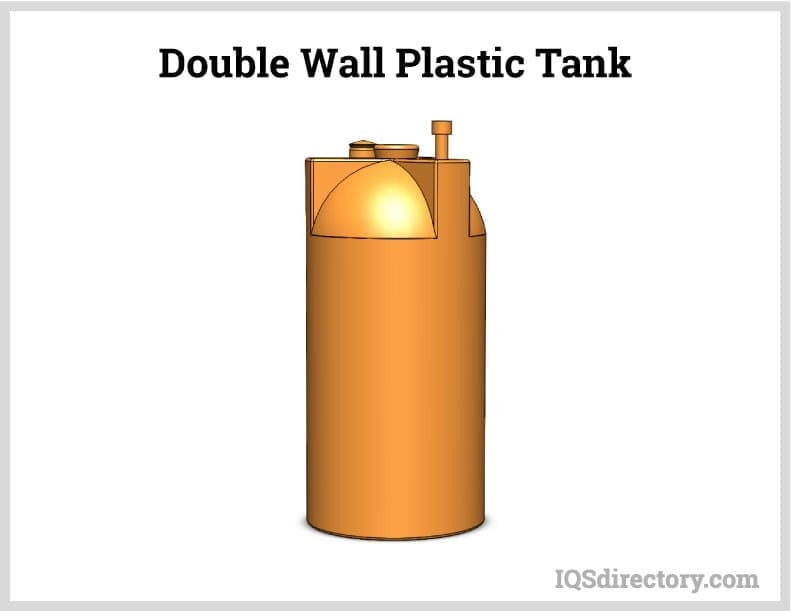

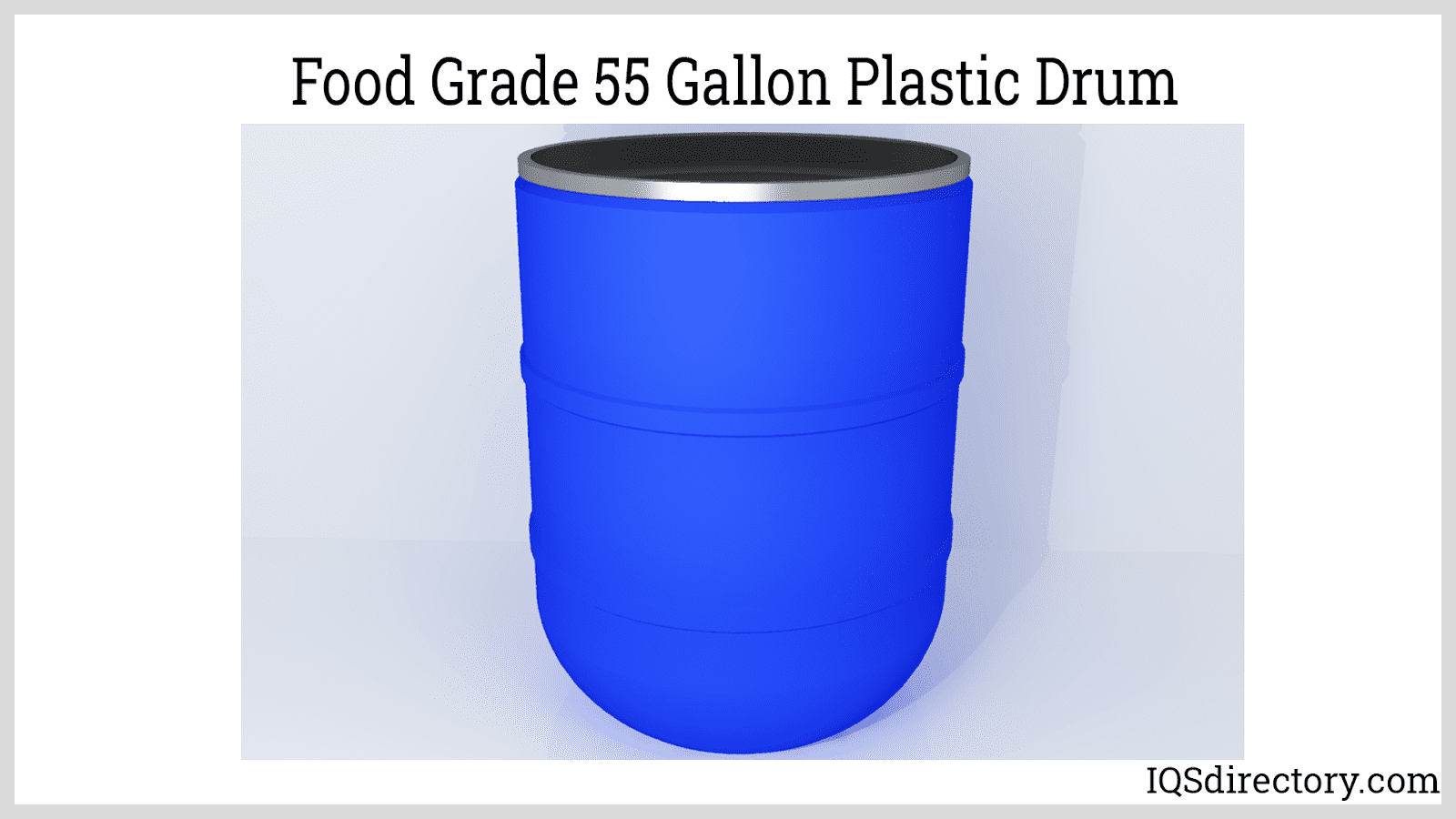
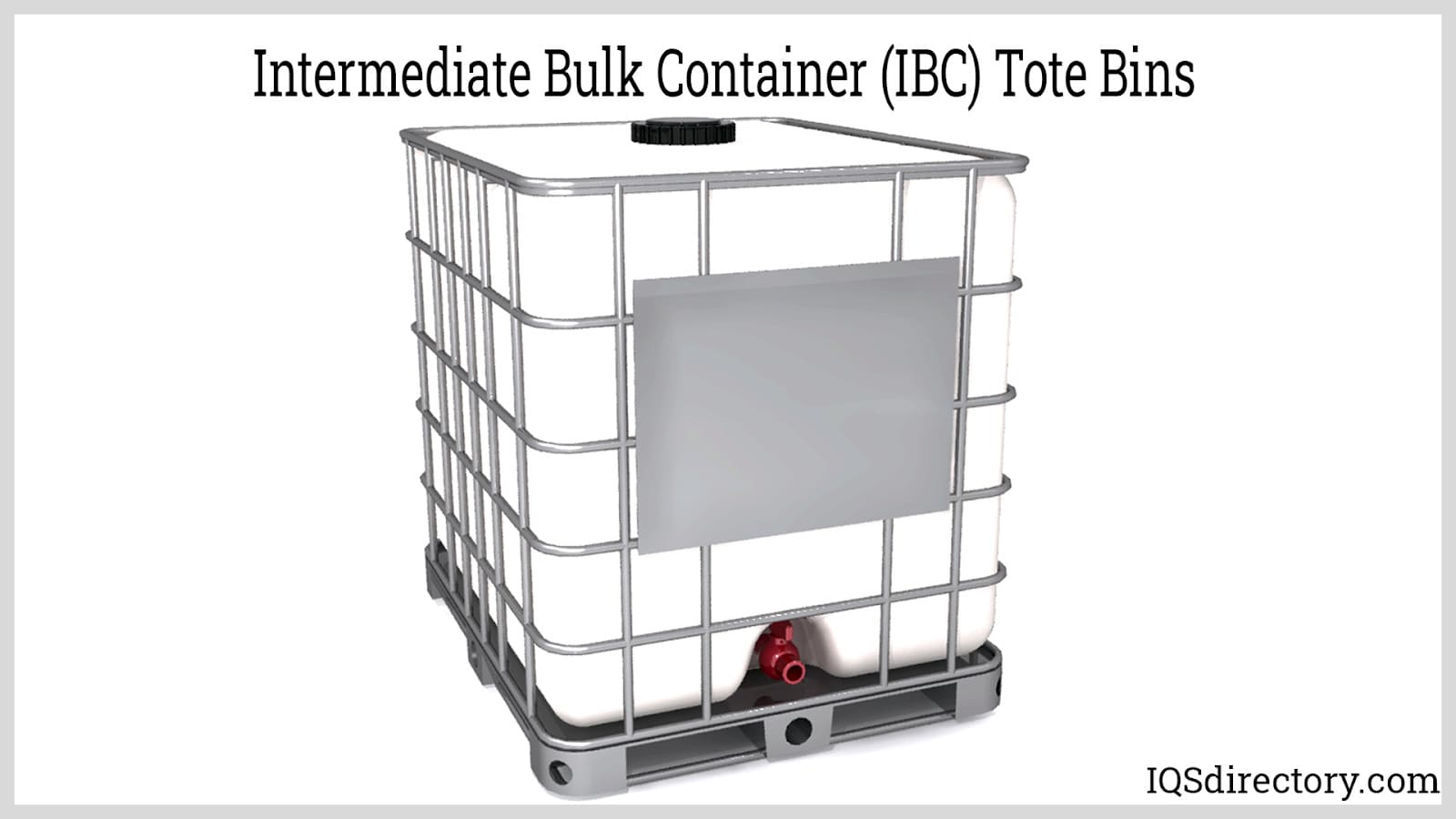
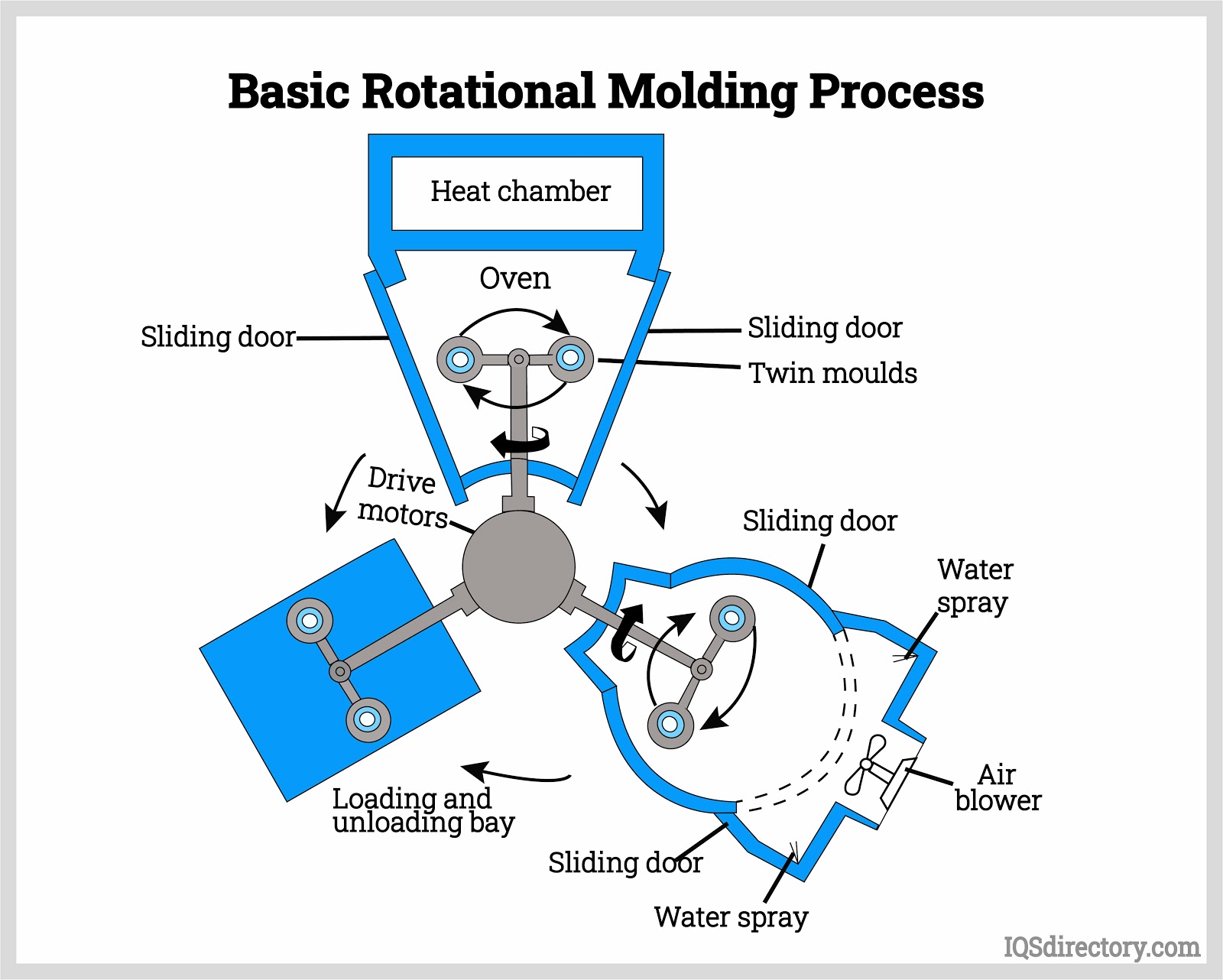
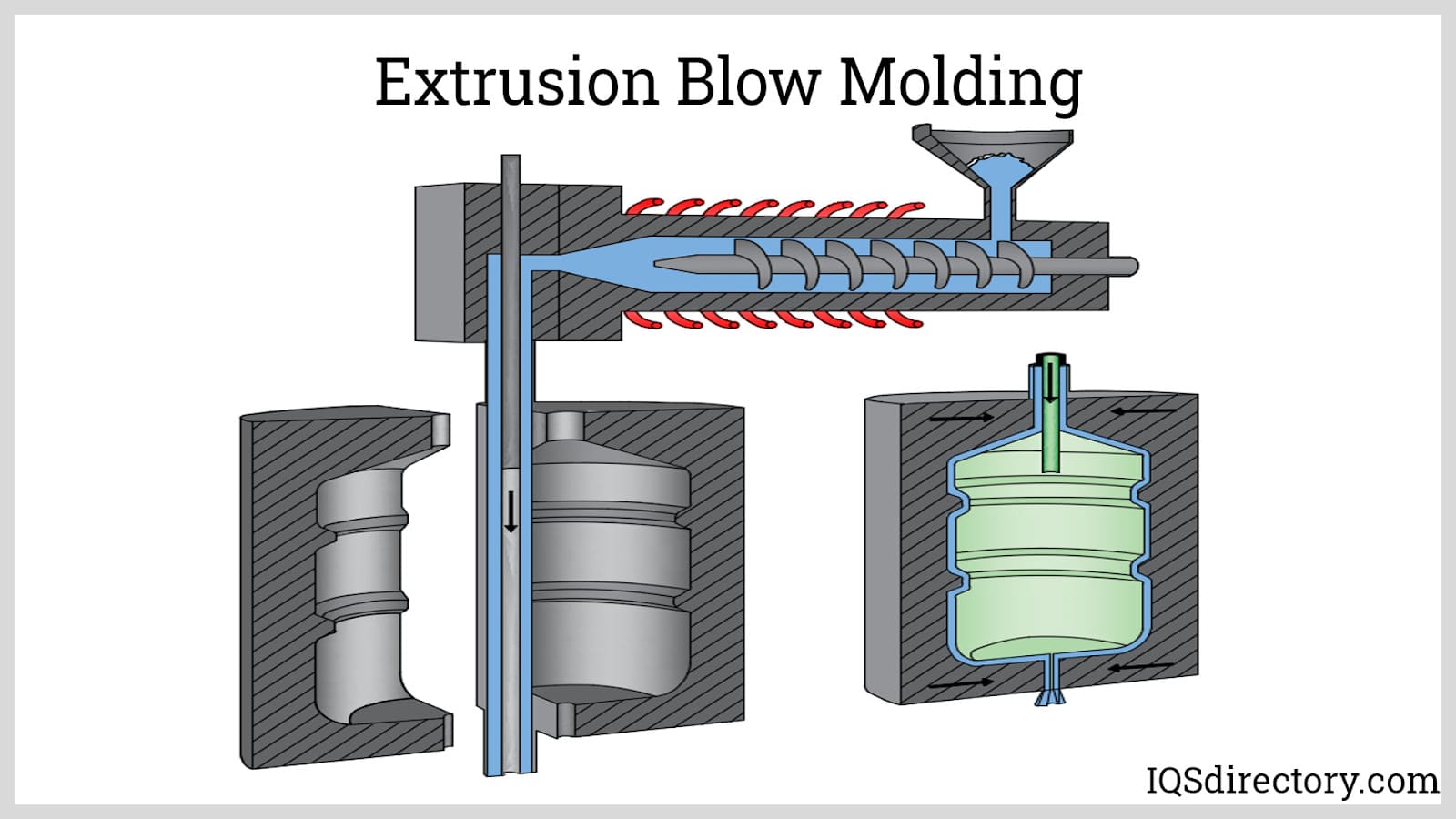
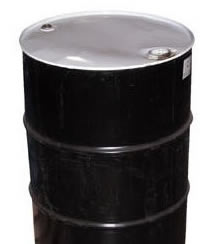 55 Gallon Drums
55 Gallon Drums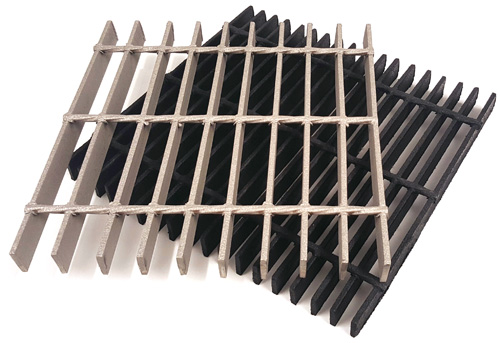 Floor Gratings
Floor Gratings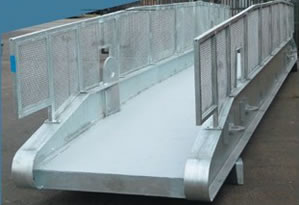 Mezzanines
Mezzanines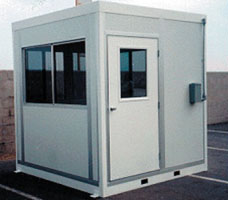 Modular Buildings
Modular Buildings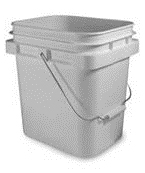 Plastic Containers
Plastic Containers Plastic Pallets
Plastic Pallets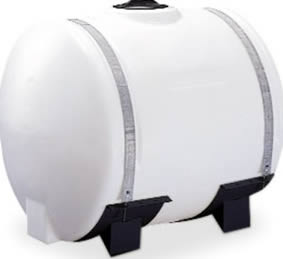 Plastic Tanks
Plastic Tanks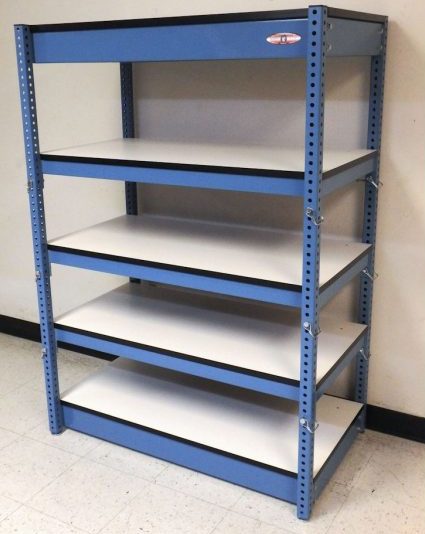 Steel Shelving
Steel Shelving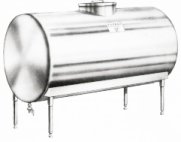 Stainless Steel Tanks
Stainless Steel Tanks Storage Racks
Storage Racks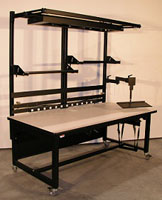 Work Benches
Work Benches Castings & Forgings
Castings & Forgings Bulk Material Handling
Bulk Material Handling Electrical & Electronic Components
Electrical & Electronic Components Flow Instrumentation
Flow Instrumentation Hardware
Hardware Material Handling Equipment
Material Handling Equipment Metal Cutting Services
Metal Cutting Services Metal Forming Services
Metal Forming Services Metal Suppliers
Metal Suppliers Motion Control Products
Motion Control Products Plant & Facility Equipment
Plant & Facility Equipment Plant & Facility Supplies
Plant & Facility Supplies Plastic Molding Processes
Plastic Molding Processes Pumps & Valves
Pumps & Valves Recycling Equipment
Recycling Equipment Rubber Products & Services
Rubber Products & Services